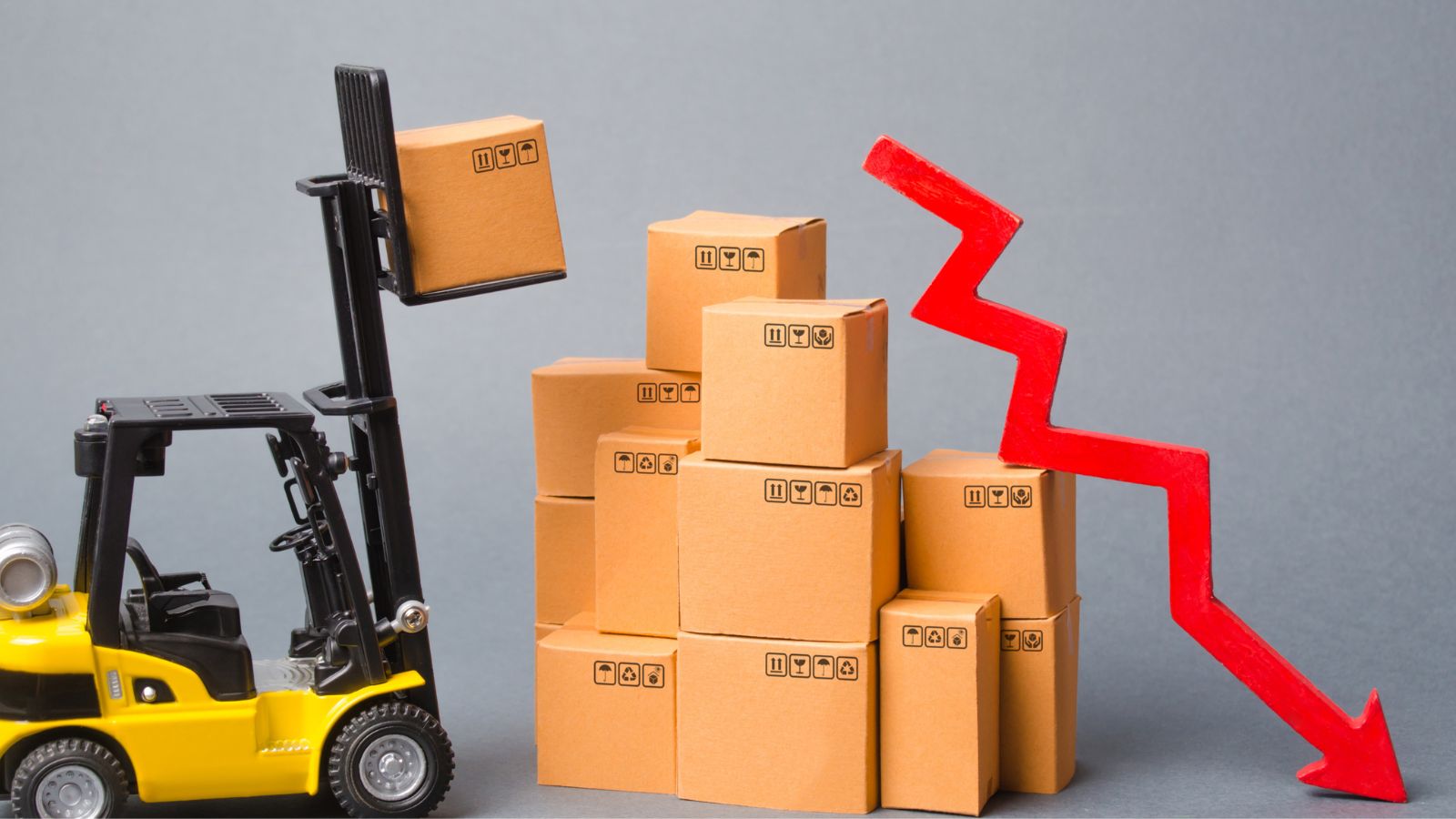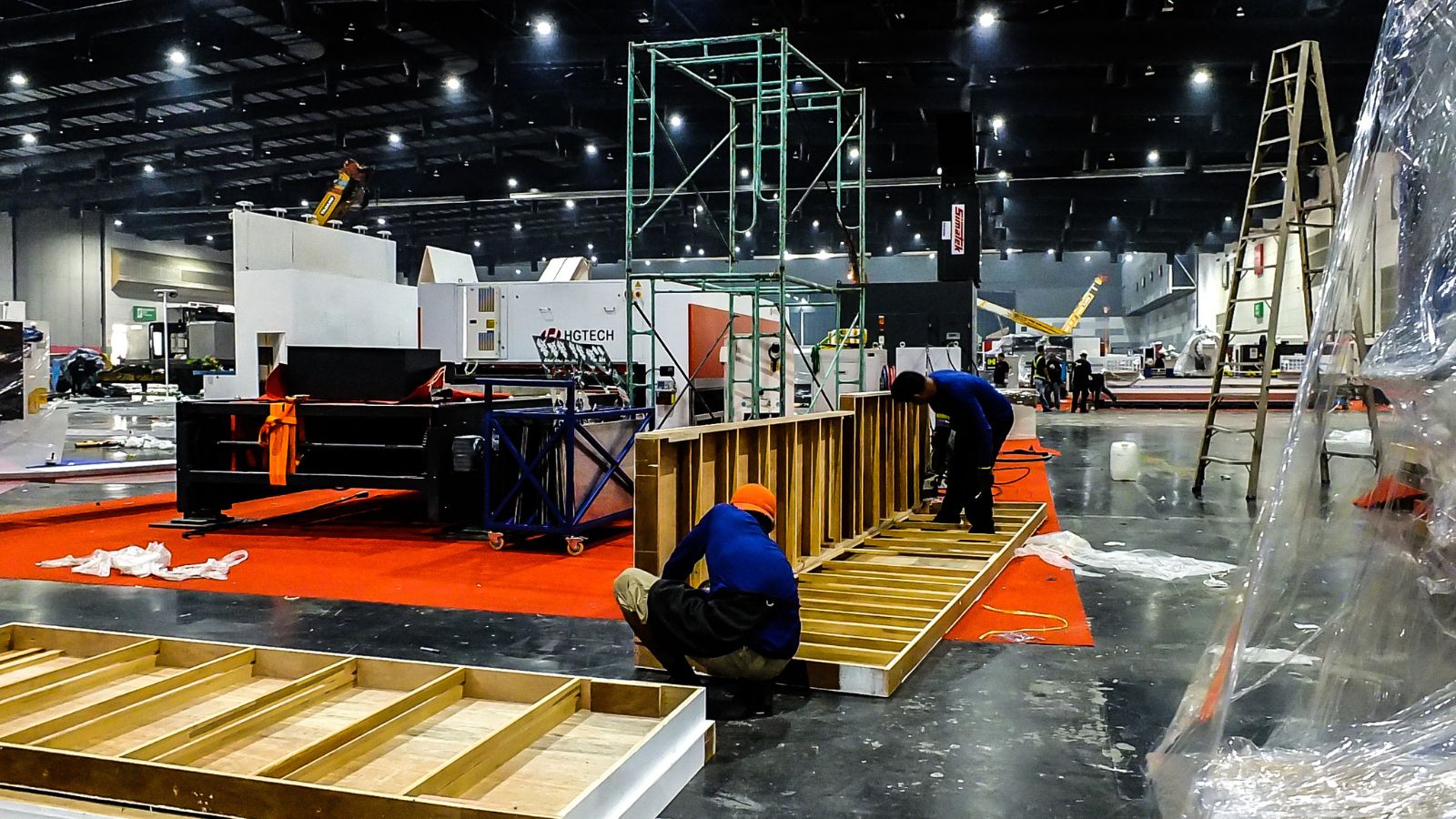Imagine a bustling manufacturing plant in Windsor, Ontario, where generations of families have built their lives around assembling cars, processing raw materials, and creating products that have long connected Canada and the United States. Now imagine that familiar hum of machinery disrupted overnight by an unseen hand—tariffs imposed as part of an escalating trade war. This isn’t just an abstract economic debate or a clash of statistics on a spreadsheet. It’s a real threat that could upend communities, force people out of work, and change how we all live.
In recent months, the rhetoric surrounding trade policies has grown heated. With the looming possibility of steep tariffs—particularly the 25% tariff on many Canadian exports—the manufacturing sector, a vital pillar of the Canadian economy, stands at a crossroads. This article takes a deep, human-centered look at 28 unsettling truths about how a trade war could crush Canadian manufacturing and what that means for families, workers, and communities across Canada.
Soaring Production Costs: The Price of Protection

At the heart of the matter is the stark reality that tariffs add cost—directly and immediately. For a factory operating on razor-thin margins for years, even a small increase in production costs can force tough choices. Imagine a family-run business that has prided itself on competitive pricing; now it must decide whether to absorb the extra costs or pass them on to consumers, who might already be feeling the pinch of rising prices in everyday life.
Supply Chain Disruptions: When the Cogs Don’t Turn

Our modern manufacturing process is like an intricately choreographed dance. Components cross borders multiple times before a final product emerges. But tariffs can throw a wrench into this well-oiled machine. Picture an auto parts supplier who receives critical components from both Canada and the U.S.—unexpected delays and higher transportation costs mean that the entire production line slows down. It’s not just a business issue; it’s a disruption that affects every worker on the line, from the assembly floor to the logistics team.
Eroded Export Competitiveness: Losing the US Market

Canada has enjoyed decades of free trade with its southern neighbor. But, if tariffs make Canadian products more expensive, even slightly, the large US market—once a secure lifeline—could dry up. For the workers who have built careers and communities around exporting their goods, the loss of competitiveness isn’t just a number on a balance sheet; it’s a threat to their livelihood and the future of their towns.
Retaliatory Tariffs: The Tit-for-Tat Trap

History tells us that when one country slaps tariffs, its trading partners rarely sit back quietly. Canada would likely hit back with its own tariffs on American goods. This tit-for-tat not only escalates tensions but sets off a chain reaction that makes cross-border trade far more expensive. The fallout? Businesses on both sides face uncertainty and mounting costs, making each day a struggle to maintain profitability.
Job Losses: The Human Toll

For many Canadians, manufacturing isn’t just a job—it’s a community’s lifeblood. As production costs soar and demand shrinks, companies may be forced to cut shifts, lay off workers, or even shutter factories. Please think of the families in small towns whose social fabric is woven around their local plant. Losing those jobs isn’t just about losing a paycheck—it’s about the potential collapse of community pride and stability.
Factory Closures: When the Doors Shut for Good

Closures aren’t just a temporary setback. They represent a permanent loss of capacity, a blow to the industrial heart of Canada. For workers who have spent their lives honing their skills on the factory floor, the closure of a plant means the end of an era—a lifetime of dedication may be wiped out by an external policy decision.
Higher Consumer Prices: The Ripple Effect

When businesses face rising expenses, they often pass those costs on to their customers. Imagine discovering that your weekly grocery bill or the price of your next vehicle has unexpectedly increased due to surging production costs. For everyday Canadians, this situation leads to tighter budgets, less disposable income, and ongoing worries about how far their money will stretch.
Reduced Foreign Investment: The Confidence Crisis

Investors thrive on stability and predictable returns. With trade tensions mounting, domestic and foreign investors may be reluctant to pour money into Canadian manufacturing. This hesitation means less capital for expansion, fewer innovations, and an overall slowdown in growth. The fear of an unstable market is not an abstract concern—it directly affects the future opportunities available for new ventures and technologies.
Delayed Expansion and Innovation: Stifled Progress

Innovation is the fuel that drives modern manufacturing. However, when companies are forced to focus on survival rather than growth, investments in research and development take a back seat. Imagine a once-thriving innovation hub where brilliant ideas are now shelved because every dollar is needed to keep the lights on. This stagnation could mean Canada falls behind in the global race for technological advancement.
Dependence on the US Market: A Double-Edged Sword

Canada’s manufacturing industry has historically depended on the United States, which makes up more than 75% of its exports. This dependence is a double-edged sword. While it has driven growth for decades, it also means that any disruption in US demand—such as that caused by tariffs—can have a devastating effect on Canadian industries. The intimate economic ties that once ensured mutual prosperity now become a source of vulnerability.
Increased Raw Material Costs: The Rising Price of Basics

Many manufacturers rely on raw materials sourced from abroad. Tariffs on these essential inputs drive up the cost of production. For a small business already operating on a thin margin, even a modest increase in raw material costs can be the difference between staying afloat and sinking. This isn’t just about numbers—it’s about the everyday struggles of business owners trying to keep their doors open.
Restricted Access to Critical Components: Production on Pause

Certain industries depend on specialized components imported from abroad. A sudden increase in cost or delay in supply could halt production entirely. Picture a production line where a single missing component causes the entire operation to grind to a halt. For workers and managers alike, this is not just an inconvenience; it’s a major disruption with immediate financial consequences.
Breakdown of Integrated Supply Chains: Unraveling Decades of Trust

The manufacturing processes in Canada and the U.S. have been developed over decades, built on trust and interdependence. Tariffs threaten to unravel these complex networks. The smooth flow of parts, information, and capital is disrupted, leading to inefficiencies that affect every level of production. When these integrated systems break down, the result is chaos that no single company or worker can easily fix.
Currency Volatility: The Unpredictable Dollar

Economic uncertainty doesn’t just affect trade—it shakes the very currency that businesses rely on. A weakening Canadian dollar would make imported inputs more expensive, compounding the problem of rising production costs. For a business owner planning for the future, unpredictable currency values can upend carefully laid financial plans and create an atmosphere of constant worry.
Risk of National Recession: A Slow-Motion Crisis

The cumulative impact of higher production costs, supply chain disruptions, job losses, and reduced investment could push the Canadian economy into a recession. This isn’t a scenario that happens overnight—it is a slow-motion crisis that erodes confidence, reduces consumer spending, and stifles economic growth. For every family and every community, a recession means a long, uncertain road ahead.
Damage to Canada’s Trading Reputation: The Long-Term Stain
 Canada has long been seen as a stable and reliable trading partner—aggressive tariff measures, whether imposed by the US or retaliated by Canada, risk damaging that reputation. Once trust is lost, it isn’t easy to rebuild. Future trade negotiations may be far more challenging if international partners begin to see Canada as a risky or unstable partner.
Canada has long been seen as a stable and reliable trading partner—aggressive tariff measures, whether imposed by the US or retaliated by Canada, risk damaging that reputation. Once trust is lost, it isn’t easy to rebuild. Future trade negotiations may be far more challenging if international partners begin to see Canada as a risky or unstable partner.
Limited Alternative Markets: The Challenge of Diversification

For Canadian manufacturers, the US market has been the lifeline that sustains production. If that channel is disrupted, finding alternative markets is easier said than done. Diversifying export destinations requires new relationships, certifications, and, often, significant investments in marketing and infrastructure. For many companies, this isn’t a quick fix—it’s a long-term strategy that may never fully replace the lost volumes from the US.
Energy Sector Impact: Not All Tariffs Are Created Equal

Even where tariffs on energy exports are set at a lower rate (say, 10% for oil and gas), the consequences can be far-reaching. Higher costs in energy production ripple through every sector that depends on fuel—transportation, manufacturing, and even agriculture. Canadian energy exports are a critical input for many US industries, and even modest increases in costs can disrupt the finely balanced energy market.
Automotive Industry Vulnerability: A Fragile Ecosystem

The automotive sector serves as a key illustration of extensive integration. During the assembly process, parts and components frequently cross borders several times. Imposing a 25% tariff on these auto parts wouldn’t result in just one added expense; it would accumulate at each production stage. For employees in both Canada and the US, this could lead to substantially increased vehicle costs and a serious risk to an industry that sustains hundreds of thousands of jobs.
Pressure to Relocate Production: The Exodus of Industry

Faced with relentless tariff pressures, companies might find it more economical to move production to regions with lower tariffs or more favorable trade conditions. This potential relocation isn’t just a business decision—it’s a blow to national pride and economic stability. When manufacturing jobs and facilities move out of Canada, the loss is felt deeply in communities that have long depended on this sector.
Profit Margin Squeeze: The Financial Tightrope

Every business operates on a delicate balance of revenue and costs. With tariffs pushing up production expenses and export volumes falling, profit margins become squeezed. This financial tightrope forces companies to make painful decisions—cut back on investments, reduce wages, or even lay off workers. The resulting economic strain can stifle innovation and growth for years to come.
Loss of Skilled Labor: The Brain Drain

Canadian manufacturing has thrived because of the skill and dedication of its workforce. But, when plants face closures or cut back production, skilled workers are left without jobs. Over time, this loss of expertise can create a brain drain, where the accumulated knowledge and skills that took generations to build vanish almost overnight, leaving the industry less competitive in a global market.
Reduced Global Competitiveness: Losing the Edge

Historically, Canada’s manufacturing sector has been competitive on the global stage. However, rising costs, disrupted supply chains, and a lack of innovation are putting Canadian products at risk of falling behind their international competitors. This decline in global competitiveness not only affects exports but also undermines the nation’s ability to attract new business and investment.
Innovation Stagnation: The Cost of Inertia

Innovation is the lifeblood of any industry. Canadian manufacturers have long relied on continual improvements to stay ahead. However, as profits dwindle and resources are diverted to cover rising costs, investment in research and development takes a hit. The long-term effect is a stagnation of innovation, making it harder for Canadian companies to compete in a fast-evolving global economy.
Erosion of Industrial Sovereignty: Losing Control

When external economic pressures dictate production costs and market access, Canada’s ability to set its industrial policies diminishes. This loss of industrial sovereignty makes Canada increasingly vulnerable to decisions made in distant boardrooms and government offices abroad. In a trade war, the control over one’s economic fate becomes a casualty.
Supply Chain Overhaul Costs: Rebuilding from Scratch

If manufacturers are forced to reconfigure their supply chains to bypass tariff-laden routes, the cost and time required to do so can be enormous. Replacing long-standing relationships with alternative suppliers isn’t a simple switch—it’s a massive overhaul that requires investment, retraining, and, often, a period of painful adjustment. The disruption may delay production timelines and weaken the competitive edge established over the years.
Political and Social Turmoil: The Human Cost

Economic shocks rarely happen in isolation. When businesses struggle, and jobs are lost, communities start to feel the pressure. The once strong social fabric of manufacturing towns, characterized by pride, stability, and a sense of community, can begin to disintegrate. This can lead to political unrest and social dissatisfaction, making it even more challenging for governments to implement effective solutions during a crisis.
Long-Term Economic Decline: A Grim Future

When you add all these factors—soaring costs, supply chain breakdowns, job losses, reduced investment, and political instability—the picture becomes clear: Canadian manufacturing could face a slow, painful decline. This isn’t just a temporary setback; it could mark the beginning of a long-term erosion of an industry that has been the backbone of the Canadian economy for decades.
Conclusion

In a world where policy decisions can have far-reaching consequences, the future of Canadian manufacturing hangs in the balance. It is up to all of us—policymakers, business leaders, workers, and citizens—to ensure that the human spirit and the drive for innovation are not crushed under the weight of a trade war but, instead, are harnessed to build a brighter, more secure future for everyone.
The 28 truths outlined aren’t meant to be a dry, technical list of potential outcomes. Instead, they offer a window into the human side of the debate—a glimpse of how a trade war could unravel decades of progress and jeopardize the future of a nation built on hard work, innovation, and interdependence.
25 Countries Predicted to Become Economic Superpowers in the Next 20 Years

The strength of an economy plays a crucial role in various international policies about trade and relations. Certain factors determine the strength of an economy, including population growth, availability of resources, and development and advancement. Here are 25 countries predicted to become economic superpowers in the next 20 years
25 Countries Predicted to Become Economic Superpowers in the Next 20 Years
